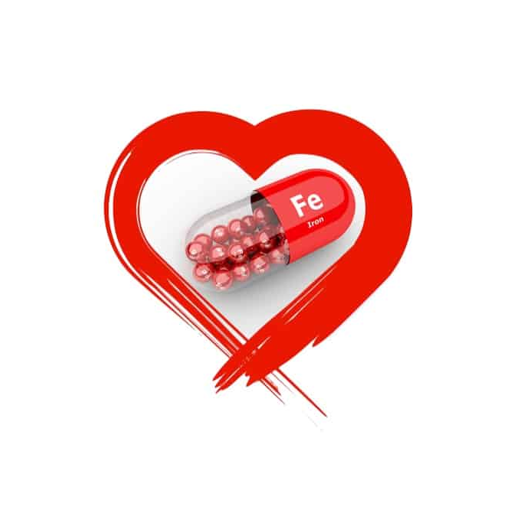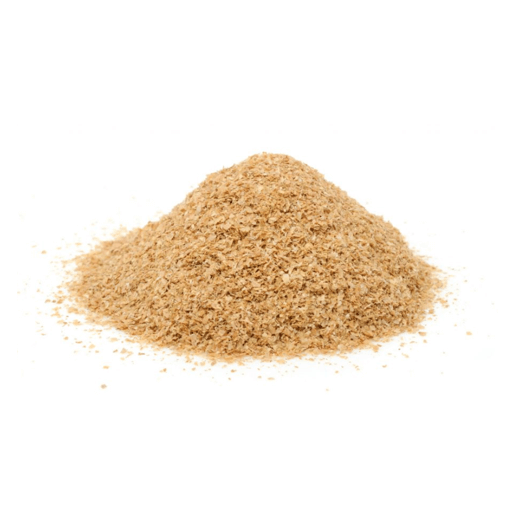They both thrive on diversity to help balance opportunity and risk.
You wouldn’t invest your entire portfolio in one stock—or even one industry. Why not treat your body similarly?
Nutritional needs are far more complex than commonly recognized. Not only do we rely on a diverse array of nutrients from fats, carbs, and protein, but we also require the activity of thousands of minerals, vitamins, and antioxidants. It’s no wonder why our efforts to isolate individual nutrients so often miss the mark.
Looking for Dividends in Folic Acid
Folic acid supplementation is a great example. It is well established that a diet loaded with dark green leafy vegetables, like spinach and kale, is associated with a major reduction in the risk of coronary disease. These dark greens are rich in various forms of folate, a water-soluble B vitamin thought to be responsible for the health promoting benefits.
In a well-meaning effort to extract the active ingredient of dark greens, folic acid pills were proposed for prevention of heart disease. Another apparent benefit was that folic acid supplements also lower the level of homocysteine, a suspected vascular irritant.
Since folic acid supplements contain a key nutrient in dark greens, and because they also lower the level of homocysteine, it made perfect sense that they would reduce the risk of heart disease. Trouble is…it didn’t work! When folic acid supplements were put to the test, they failed miserably in large clinical trials that showed no reduction in heart problems. Oops!
As it turns out, in addition to folate, there are more than 100 other nutrients in spinach. Who knows which one of them, or perhaps which combination, is responsible for the health benefits? Or possibly it’s the array of slightly modified versions of folate present in whole foods, as opposed to the single form found in supplements, that makes the difference. Or maybe the high dose of folic acid in supplements, much higher than that in vegetables, overwhelms the body. In most biologic systems, more isn’t necessarily better.
Another Misunderstood Asset: Vitamin E
The peril in trying to shortcut nature’s diversity is also highlighted in the Vitamin E story.
Foods that are naturally rich in Vitamin E, like nuts and seeds, are associated with substantially reduced risk of heart disease. So again, it appeared logical to assume that an encapsulated version of Vitamin E might also be beneficial.
And early, small studies did show benefit. But later studies, much larger and more carefully conducted, failed miserably. How could that be?
In nature, there are eight distinctive kinds of Vitamin E: four called tocopherols and four tocotrienols, each with unique biologic properties. They are all present naturally in Vitamin-E-rich food. But most supplements contain only one of the eight forms. And even that lone type is typically a synthetic type that is slightly different from the natural version.
There is mounting evidence that the isolated type of Vitamin E used in most studies was the least biologically active. Therefore, the supplements used in most trials did not fully represent the potential of the full Vitamin E “portfolio.”
The Lesson? Diversify Your Portfolio
The need for diversification extends to whole categories of nutrients and foods. The unintended consequence of the single-minded avoidance of fat pushed in the 80s and 90s led many to higher sugar consumption, a bad deal in every respect. So it goes with all dietary suggestions that emphasize a single category, like low carb, high protein, etc.
The best proven dietary approaches are natural, whole-food diets that emphasize lots of vegetables and fruit, the replacement of refined grains with whole-grain products, less meat, more fish, and extra virgin olive oil for cooking.
Don’t sell yourself short. A varied, whole-food diet is nothing less than a nutritional “index fund,” and the best way to provide the diverse fuels your body needs for optimal function.
Now that’s a healthy return on investment!
Interested in eating better for your own health?
Learn the essentials of good nutrition in our interactive, user-friendly nutrition learning program for the public.
Clinicians: Do you feel confident responding to patient questions about nutrition?
Take our award-winning condensed interactive nutrition CME—and learn what every clinician should know about nutrition.



